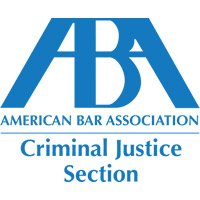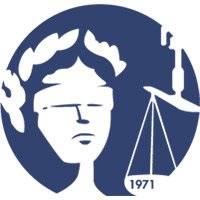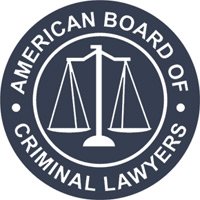SEVERANCE OF OFFENSES
FIFTH AMENDMENT:
Where a defendant demonstrated a need to testify as to one of the offense charged in the same indictment, but not as to the others severance might be required, Cross v. US, 335 F.2d 987 (D.C. Cir. 1964); Dunaway v. US, 205 F.2d 23 (D.C. Cir. 1953); US v. Baker, 202 F.Supp 657,
686 (D.D.C. 1966); Hatcher v. US, 423 F.2d 1086 (5th Cir.), cert. denied 400 US 848 (1970); cf: Bradley v. US, 433 F.2d 1113 (D.C. Cir. 1969) [where defendant testified as to one count but was not questioned nor coerced regarding those counts as to which he desired to exercise his Fifth Amendment privilege, no severance required]; Baker v. US, 401 F.2d 958, 976-7 (D.C. Cir. 1968) [requiring that defendant “make a convincing showing that he has both important testimony to give as to one count and strong need to refrain from testifying on the other”]; US v. Valentine, 706 F.2d 282, 290-1 (10th Cir. 1983); US v. Outler, 659 F.2d 1306, 1313 (5th Cir.), cert. denied, 455 US 950 (1982).
EVIDENCE ADMISSIBLE ONLY AS TO ONE COUNT:
Where evidence of one of the joined offenses would not be admissible at the separate trial of the other (especially in complicated trials where the jury may have difficulty in separating the evidence relating to teach particular charge) severance might be proper; Drew v. US, 331 F.2d 85 (D.C. Cir. 1964); or where “other crimes” rule [404(b), F.R.E.] would exclude evidence of one offense from trial of another; US v. Fortz, 540 F.2d 733 (4th Cir. 1976); State v. Carter, 475 F.2d 349 (D.C.Cir. 1973) the evidence. However, a cautionary instruction may limit the harm of “other crimes”; Robinson v. US, 459 F.2d 847 (D.C. Cir. 1972), and the “other crimes” rule must in fact exclude the admission of extraneous offenses as to some, but not all charged offenses; US Williamson, 482 F.2d 508 (5th Cir. 1973).
EMPANELLING TWO JURIES:
Several courts have held that empanelling two separate juries to hear the evidence and separately determine the guilt of two jointly tried defendants will satisfy Rule 14’s concern for immunizing prejudice from joinder while conserving judicial resources. US v. Lewis, 716 F.2d 16 (D.C. Cir. 1983), cert. denied, 104 S.Ct. 412 (464 US 996 (1983) [recognizing however, that such procedure presents substantial risk of prejudice]; US v. Hayes, 676 F.2d 1359 (11th Cir. ), cert. denied, 459 F.2d 1040 (1982).
FAILURE TO RENEW MOTION AT CLOSE OF EVIDENCE:
Failure to renew one’s Motion for Severance at the close of the Government’s case or at the close of all evidence may constitute a waiver of same. US v. Brian, 630 F.2d 1307, 1310 (8th Cir. 1980); US v. Mansaw, 714 F.2d 785, 790 (8th Cir. 1983); US v. Perez, 648 F.2d 219, 223 (5th
Cir. 1981), cert. denied, 454 US 970 (1981).











